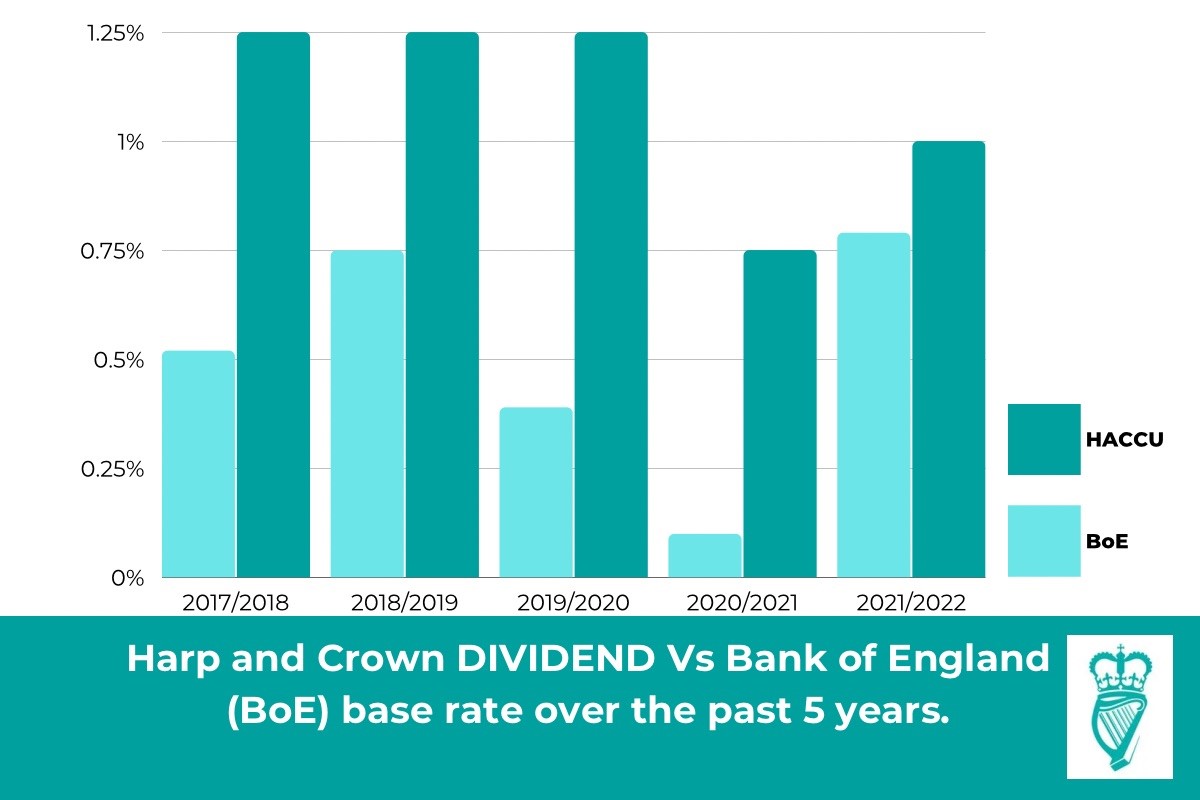

Finance
Dividend Capture Definition
Published: November 13, 2023
Discover the definition of dividend capture in the world of finance. Explore the strategies and benefits of this popular investment method.
(Many of the links in this article redirect to a specific reviewed product. Your purchase of these products through affiliate links helps to generate commission for LiveWell, at no extra cost. Learn more)
Understanding Dividend Capture: A Lucrative Strategy in Finance
Finance is a vast field encompassing various investment strategies and opportunities. One such strategy that has gained popularity among investors is dividend capture. In this blog post, we will delve into the world of dividend capture, exploring its definition, benefits, and how it can be leveraged to boost your investment portfolio.
Key Takeaways:
- Dividend capture is a short-term investment strategy aimed at capturing dividend payments by buying and selling stocks strategically.
- Investors can benefit from the regular income generated through dividends while aiming for potential capital gains.
What is Dividend Capture?
Dividend capture is a trading strategy wherein investors aim to buy stocks just before the ex-dividend date to receive the dividend payment, and then sell the shares shortly after. The primary objective is to capture dividends while limiting exposure to long-term price movements in the stock market.
Dividend capture is based on the assumption that stock prices tend to drop slightly after the ex-dividend date. By buying the stock just before the ex-dividend date, investors can still receive the dividend payout, while potentially benefiting from a small decline in the stock price before selling it.
Benefits of Dividend Capture
There are several benefits to implementing a dividend capture strategy in your investment approach:
- Regular Income: Dividend payments provide investors with a regular income stream, which can be especially attractive for those seeking stable cash flow.
- Potential for Capital Gains: In addition to the dividend income, investors may also realize capital gains if the stock price increases during their holding period.
- Lower Risk Exposure: By focusing on short-term movements and capturing dividends, investors can minimize their exposure to long-term market volatility.
- Increased Portfolio Diversification: Dividend capture can be incorporated into a diversified investment strategy, adding another layer of income generation and risk management.
Implementing a Dividend Capture Strategy
While dividend capture may sound appealing, it is important to approach this strategy with caution. Here are a few considerations to keep in mind:
- Do Your Research: Thoroughly analyze the fundamentals of a company before investing in its stock. Look for stable dividend-paying companies with a good track record.
- Timing is Crucial: Proper timing is essential in dividend capture. Investors need to be aware of the ex-dividend date and execute their trades accordingly.
- Manage Risk: Diversify your dividend capture portfolio to mitigate risk. Consider setting stop-loss orders to limit potential losses in case the stock price does not decline as expected.
- Consult with Professionals: If you are new to dividend capture or investing in general, it is always wise to seek advice from financial professionals who can guide you through the process.
As with any investment strategy, dividend capture has its advantages and risks. Investors should carefully assess their risk tolerance and investment goals before implementing this approach.
By understanding dividend capture, you can tap into a potentially lucrative strategy that combines regular income through dividends with the potential for capital appreciation!














